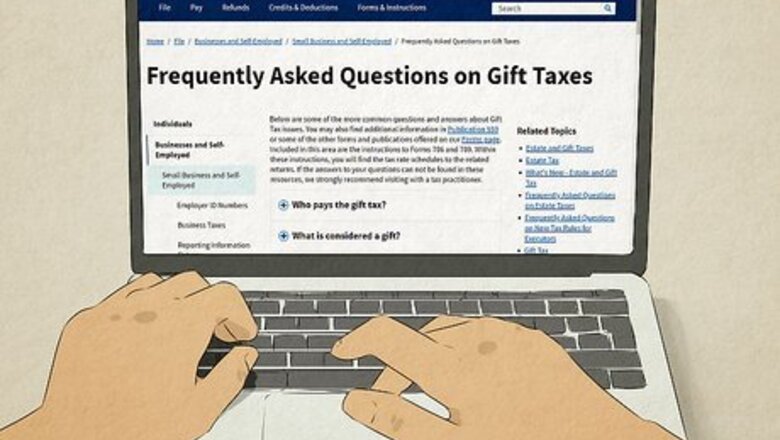
views
Understanding the Basics

Familiarize yourself with gift tax law. Any method of paying for someone else’s mortgage would qualify as a gift. In the United States, if you give someone a certain amount of money without receiving a service in return, you become liable for the gift tax. The gift tax is the U.S. government’s way of preventing people from avoiding income taxes by giving away all of their money. The gift tax kicks in once your annual monetary gifts exceed a certain value. The gift tax rate mirrors your individual income tax rate, so it can be as high as 40 percent. As of 2014, an individual can give up to $14,000 in gifts each year to any number of individuals without being liable for a gift tax. That means if you have three children and you want to give them money, you can give them each $14,000 per year without having to pay any gift tax. A couple can give up to $28,000 per year to any number of individuals without paying federal gift taxes. That means a couple can give $28,000 per year to each of their children without having to pay any gift tax. For example, a father and mother could give a child and their spouse $56,000 every year ($28,000 to two individuals). As of 2014, the lifetime cap on gift tax exemptions is set at $5.34 million. If, for example, you give $14,000 annually in gifts to multiple individuals, you will not be liable for an annual gift tax, but you will eventually surpass this lifetime limit for gift exemptions and become liable for any additional gifted income over $5.34 million. Taxed gifts do not count toward this lifetime cap. As of 2014, Connecticut is the only state to levy a state gift tax. Other states have enacted gift taxes, but most have been repealed in recent years. These gift tax exemptions are subject to yearly change. Consult your tax preparer to see how to report your gifts on your tax returns.

Choose the best method for you. Making a direct contribution to someone else’s mortgage is the easiest way to pay the mortgage of a third party. However, if you need to pay the mortgage off over a long period of time and don’t want it to be in the original owner’s name anymore, assuming the mortgage is the only way to do it. Creditors do not particularly care who pays the bill. The process of making a direct payment as a third party is no different than that of paying your own mortgage. However, some additional steps will be necessary if you want to remain anonymous. Whoever pays the mortgage receives the tax deduction for mortgage interest. The homeowner will no longer be able to claim deductions for payments that you made, but you will.

Think about anonymity. If you want remain anonymous, you will not be able to assume the mortgage, which is a complicated process that requires the consent of the person whose mortgage you are taking over. The only way to remain anonymous is to make a direct payment.
Gifting Mortgage Payments

Ask to see the terms of the mortgage. Although there are ways to quietly find out the terms of the mortgage, if the homeowner knows that you are paying the mortgage, it is easiest to simply ask. You will want to see a current mortgage statement to determine how much money is still owed on the mortgage. Creditors are legally required to send a monthly statement that includes a complete breakdown of money owned, payment history, and the breakdown of principal and interest. Dave Ramsey Dave Ramsey, Financial Advisor I recommend a fixed-rate, 15-year mortgage, and that your monthly payment be no more than 25% of your take-home pay. This keeps you from getting in over your head and helps you pay off your mortgage quickly so you can move on to other financial goals.
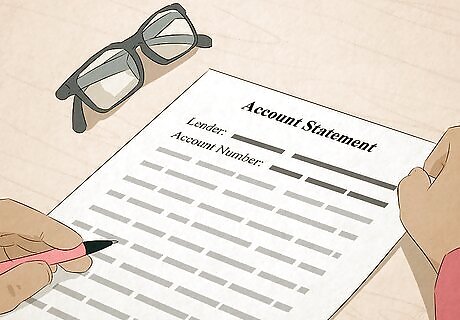
Find the contact information of the lender and the mortgage account number. Returning to the account statement, find the name and contact information of the lender, so you know where to send payment. Look for the account number as well, so that you can identify what mortgage you are paying off.
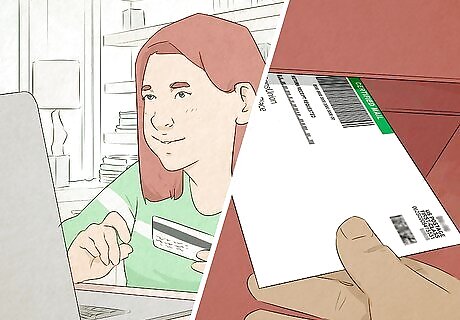
Send payment. There are now a variety of convenient ways to pay a mortgage once you have the creditor’s information and the account number of the mortgage. Most banks now prefer online payments. Simply go to the bank’s website and input your account information to pay the balance of the mortgage. Similarly, you can find the bank’s phone number and pay the bill by phone. Find the bank’s address to mail a check. Send a check or cashier’s check. Mail the check via certified mail to confirm receipt. Make sure that you write down the name and address of the debtor and their account number in the memo section of the check so that the bank knows which mortgage you are paying. With the account number in hand, you can also pay a mortgage in person at the bank. This might be the most comfortable method for those making large payments.
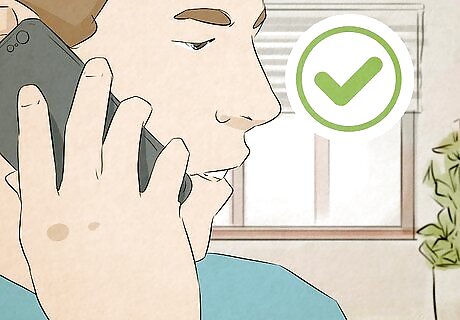
Ask for confirmation. Ask the mortgage for receipt of the transaction. Request a copy of the account balance to confirm that the whole mortgage was paid off.
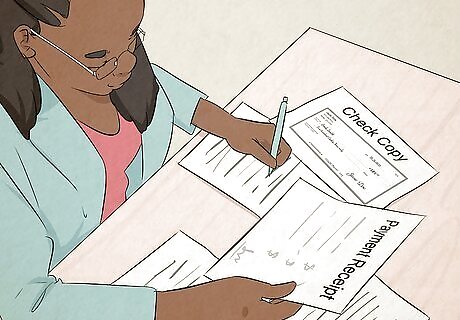
Keep track of all correspondence. Retain all documents associated with this gift, including a copy of the check and receipt of payment. You will want to give this documentation to your tax preparer.
Making an Anonymous Mortgage Payment

Visit the County Recorder's office. All of the necessary account information is publicly available, but you will need to do a bit of research to find it. Visit the County Recorder’s office, in the county where the home is, to find the property title. Once you have the property title find the name of lender. Alternatively you can hire a title examiner to do the research for you. It will cost you more but save you time and energy.
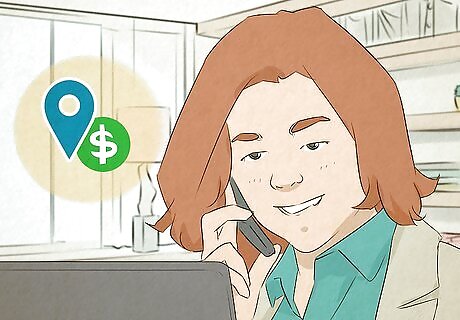
Find the lender’s payment address. Search the Internet or call the lender to find their payment address.
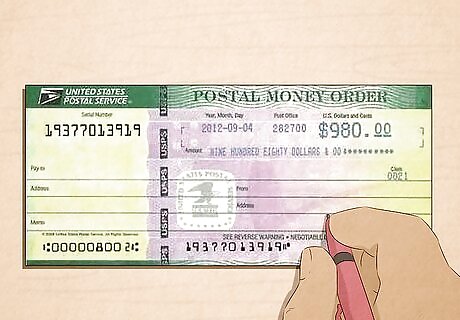
Get a United States Post Office money order. Visit a USPS office to purchase a money order. This is an anonymous form of payment.
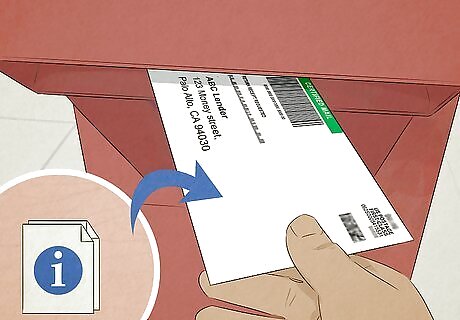
Send money order with account information. Mail the money order to the lender's payment address. Write the homeowner name and address on the money order. Also, include the account number if you know it. However, this may be hard to find without contacting the homeowner.
Assuming a Mortgage
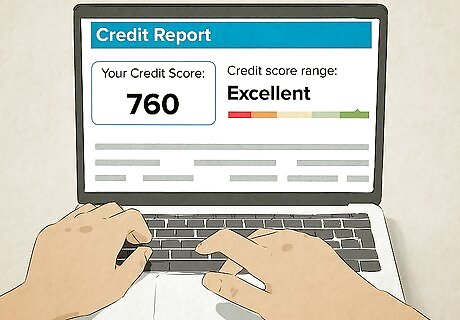
Research your credit. To assume someone’s mortgage, the bank will need to find your credit score acceptable. Order a credit report for yourself and your spouse online. To assume someone else's mortgage you will ideally want to have approximately credit score as the current debtor or perhaps a bit higher. A credit score in the mid 600's is generally sufficient to be approved for a mortgage.

Speak to the lender about assuming the mortgage. Many mortgage contracts include a “due on sale” clause that requires the entire sum of the mortgage to be paid shortly after it is transferred. However, some lenders will be willing to make exceptions for qualified applicants with good credit. Also, some types of loans can always be assumed. Even when there is a due on sale clause, you can still assume a mortgage if: you are assuming your parents’ mortgage, transferring the property to a relative after the death of the borrower, transferring the property between spouses, or transferring it according to the terms of a divorce. FHA and VA loans are always assumable. If there is a due on sale clause in the mortgage, but the lender is fine with you assuming it, they might still change the terms of the mortgage, possibly increasing the interest rate.
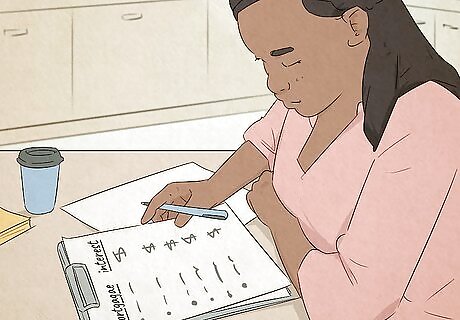
Find other lending options. In some cases, you might not be able to assume an existing mortgage, but can still get a new one to cover the cost of the house. Discuss this with the original lender, but also research alternative lenders in the area.

Compare your mortgage options. Examine the terms of the assumed mortgage, if that proved to be an option, versus the terms of a new mortgage. Assuming a mortgage may allow you to get lower interest rates than are currently available and to avoid large closing costs. There is no general rule as to which option will be better, however, because interest rates are currently higher than they were in recent years, it is quite likely that assumable mortgage will have rates much lower that you could currently find. The drawback to assumable mortgages is that often the original borrower will still be liable for the mortgage. If the mortgage is not paid it can affect their credit score. Try to get a written release of liability from the lender and keep it for your records.
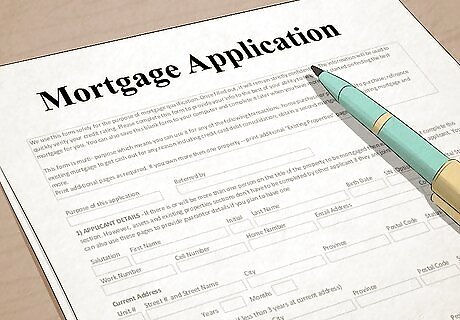
Apply for the mortgage. Pick the best option and complete the requisite paperwork. This should be done through the lender at the same time you are closing the sale of the home with the homeowner.
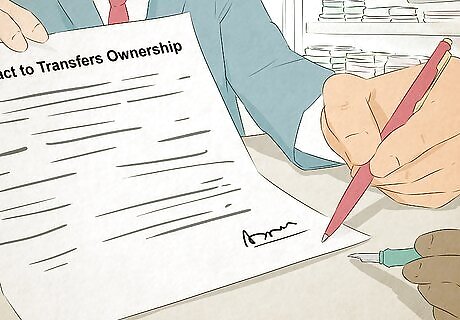
Sign a contract that transfers ownership of the house from the current homeowner to you. You should have a lawyer look at this contract and negotiate changes before finalizing it.
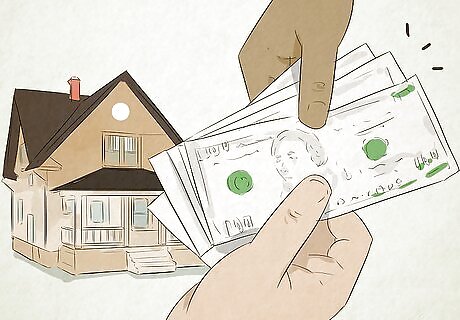
Begin making mortgage payments for the assumed mortgage. Send on-time payments to the lender's payment address. Consider signing up for online banking to make the process easier.
















Comments
0 comment